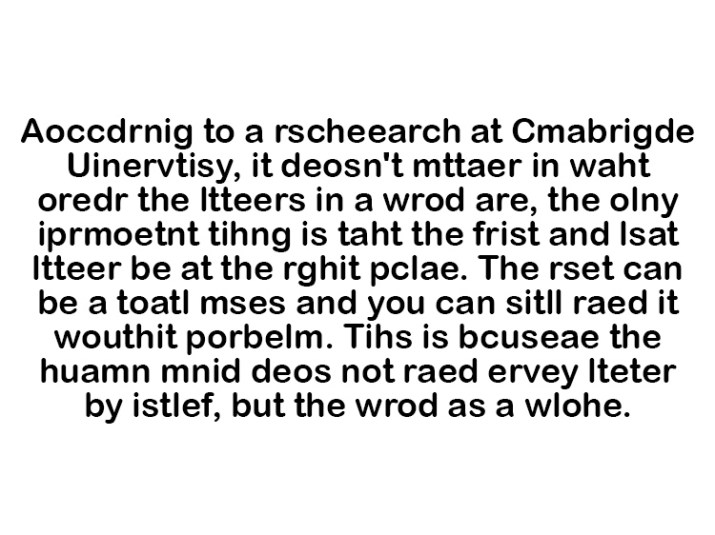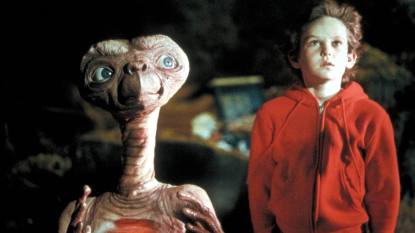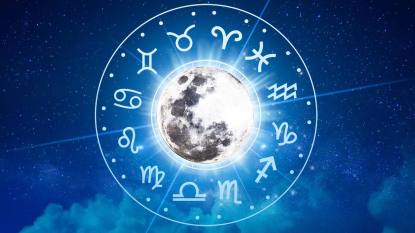Viral Misspelled ‘Word Jumble’ Isn’t as Easy to Read as You Might Think

Do you recognize this jumbled message? If the image looks familiar to you, it’s probably because this “trivia” has been making the rounds on the internet since at least 2003. At first glance, the info about unscrambling the misspelled message sounds real, especially because most folks out there are indeed able to translate it despite the obvious errors. But as with many things on the internet today, there’s more to it than meets the eye.
But first things first. Let’s un-jumble this mess:
According to a researcher (sic) at Cambridge University, it doesn’t matter in what order the letters in a word are, the only important thing is that the first and last letter be at the right place. The rest can be a total mess and you can still read it without problem. This is because the human mind does not read every letter by itself but the word as a whole.
Matt Davis, who actually is a researcher at the University of Cambridge, wanted to find out the truth behind this so-called trivia. Considering he hadn’t heard of this specific research before and knew of no Cambridge scientists who made this claim, he was inspired to dig deeper. Although he was able to find original research on letter placement in randomized words from Graham Rawlinson, who covered the topic in his PhD thesis back in 1976, that all happened at Nottingham University, not Cambridge.
But then Davis conducted a series of much more recent experiments with word puzzles — and things really got interesting. Check out three sample sentences he came up with below and see if you can decipher them:
1) A vheclie epxledod at a plocie cehckipont near the UN haduqertares in Bagahdd on Mnoday kilinlg the bmober and an Irqai polcie offceir
2) Big ccunoil tax ineesacrs tihs yaer hvae seezueqd the inmcoes of mnay pneosenirs
3) A dootcr has aimttded the magltheuansr of a tageene ceacnr pintaet who deid aetfr a hatospil durg blendur
Left scratching your head? You’re not alone. Even Davis himself — yes, a real Cambridge researcher — got a little lost. Davis wrote, “All three sentences were randomized according to the “rules” described in the meme. The first and last letters have stayed in the same place and all the other letters have been moved. However, I suspect that your experience is the same as mine, which is that the texts get progressively more difficult to read.”
If you’ve been staring at the sample sentences for a few minutes and you’re still stuck, the answers can be found below:
1) A vehicle exploded at a police checkpoint near the UN headquarters in Baghdad on Monday killing the bomber and an Iraqi police officer
2) Big council tax increases this year have squeezed the incomes of many pensioners
3) A doctor has admitted the manslaughter of a teenage cancer patient who died after a hospital drug blunder.
So why is it that the meme was so easy to read, while other sentences that followed its “rules” were so tricky?
Davis found that while, yes, people can recognize words when the middle letters are misspelled, there are some big caveats. The text has to be reasonably predictable — not with random letters scattered all over the place. As you can probably imagine, this is much easier to do with shorter words; longer words can be mismatched in many more ways and thus could be harder to figure out. Plus, words that help grammatical structure — like “a” and “the” — tend to stay the same because they’re so short, which helps the reader tremendously.
Still skeptical? Try unscrambling the below text, straight from “The Jumbler” generator by Steve Sachs and see how many of Davis’s rules it follows:
Tihs pgae ‘jbemlus’ txet, keepnig the frist and lsat lteetr of ecah wrod and ralmnody sbrnlamicg enyveihtrg in beetwen. Sinrlrsigpuy, it’s stlil pttrey rdlaaebe. You can raed mroe aoubt it hree. Try it for yelsrouf!
Our answer:
This page ‘jumbles’ text, keeping the first and last letter of each word and randomly scrambling everything in between. Surprisingly, it’s still pretty readable. You can read more about it here. Try it for yourself!
Pretty easy, huh? You can play with the generator yourself and see how many you and your friends can solve after you jumble them up. Good luck!
Next, check out the funniest Japanese game shows that’ll make you so glad you’re not participating:
h/t Science Alert
More from Woman’s World
Internet Stumped by Second-Grader’s Homework Question
Chest of Drawers Optical Illusion Is the New ‘Dress’
Eagle-Eyed Coke Drinker Notices Hidden Symbols on New Cans — Can You Spot Them?













